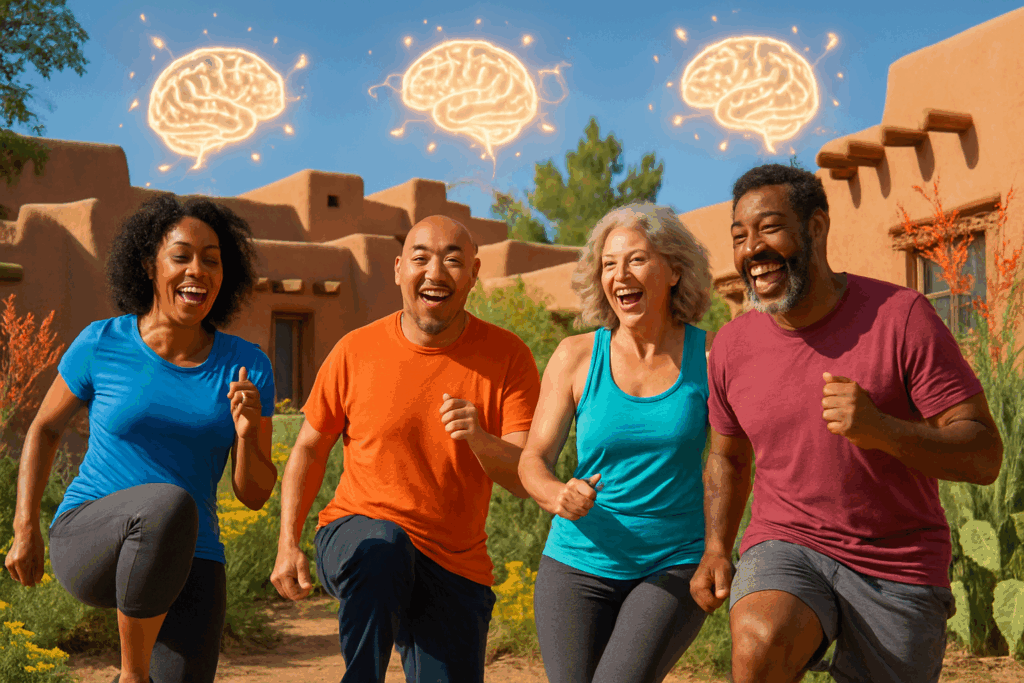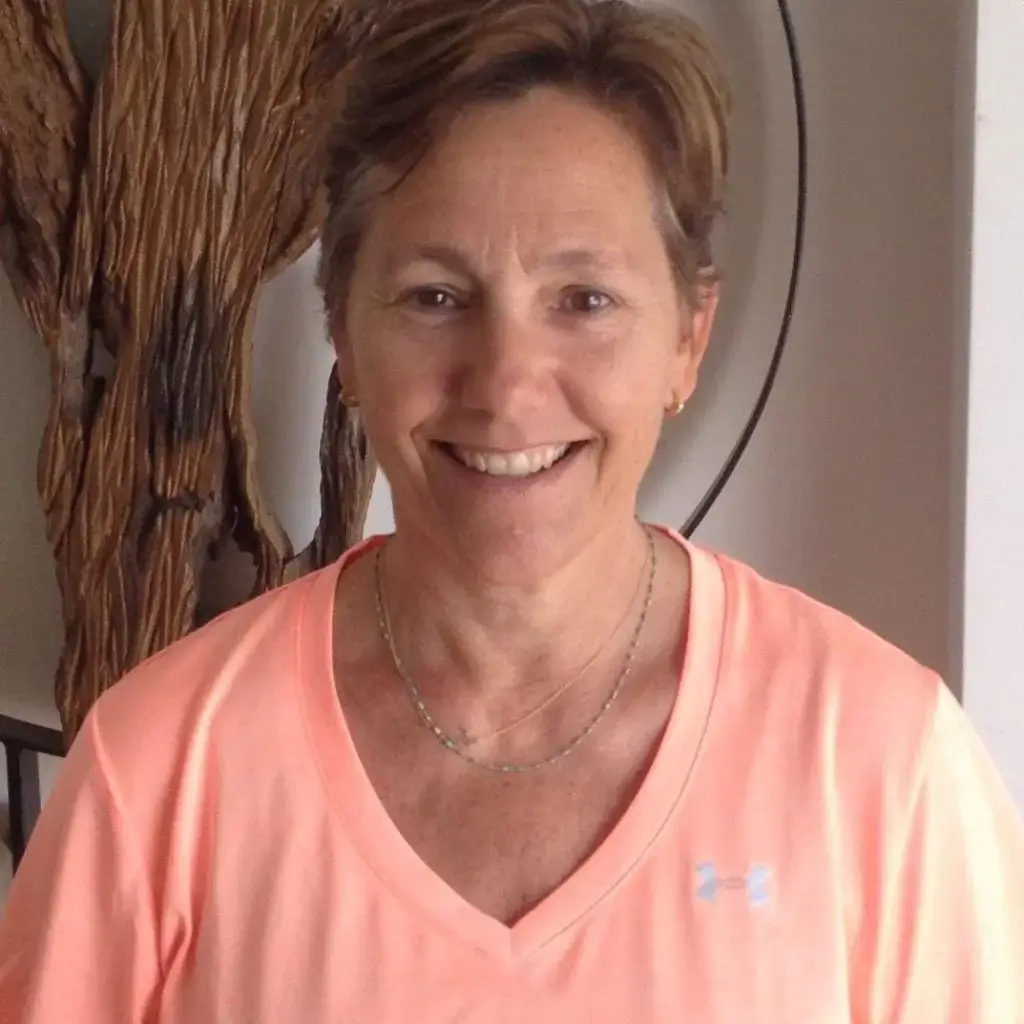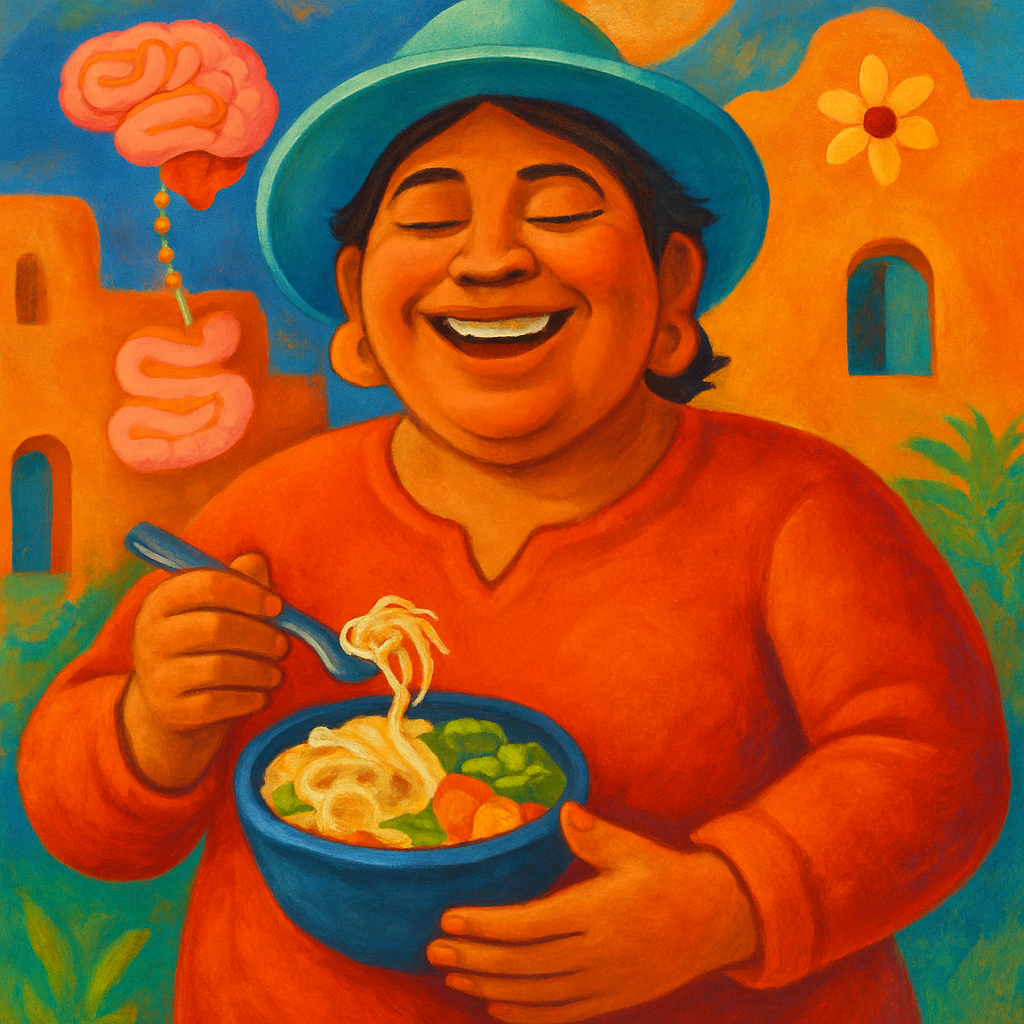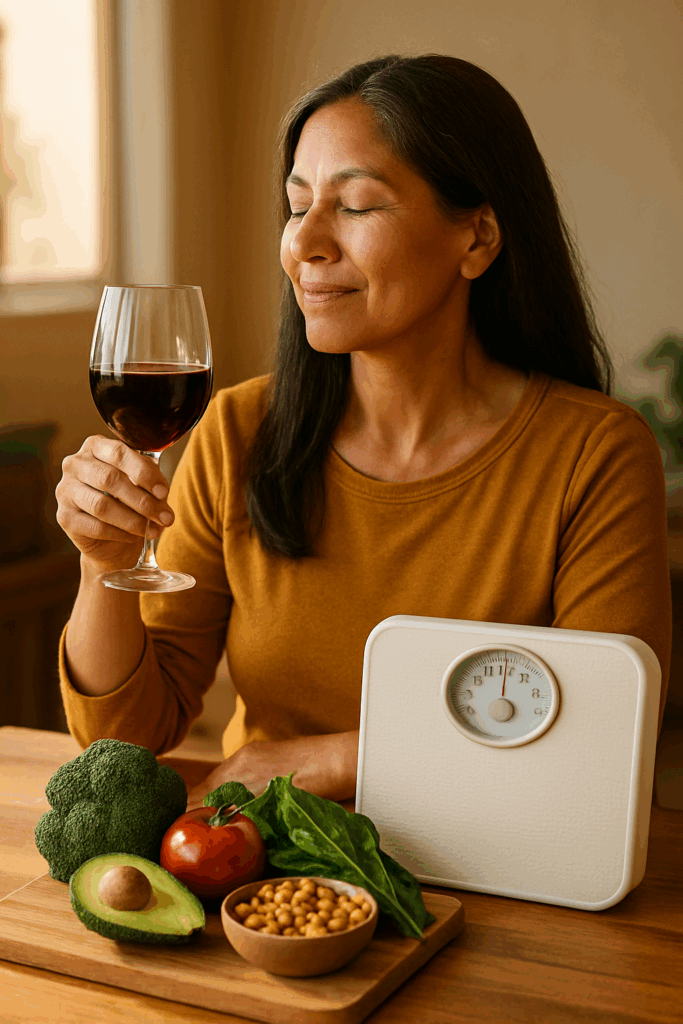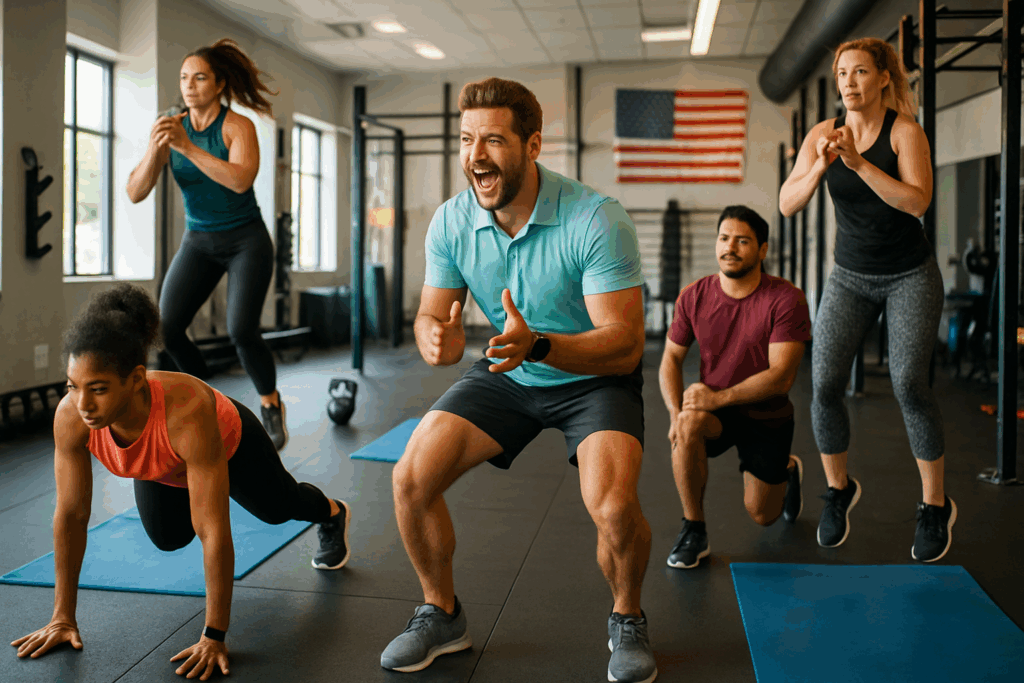
HIIT—The Science of Getting Fitter, Faster
With New Year’s resolutions (or swimsuit season) around the corner, everyone wants fat loss and fitness gains—fast. Here’s the good news: sound research proves you don’t have to spend endless hours on the treadmill. Short, high-intensity bursts (HIIT) can deliver all the metabolic, fat-burning, and heart-health benefits of hours of traditional cardio, in as little as 90 minutes a week.
A study from Liverpool John Moores University and the University of Birmingham split sedentary adults into two groups—one did just three HIIT sessions per week, while the other logged 5+ hours of low-intensity cardio per week. The results? Identical improvements in all health markers. That’s massive time savings, and a huge boost for anyone with a busy schedule.
Why Does HIIT Work So Well?
High-intensity intervals don’t just pack a punch in less time—they trigger unique physiological responses. Only this kind of exercise boosts Human Growth Hormone (HGH), the so-called “youth hormone” that helps burn fat, build muscle, and keep energy up as we age.
And then there’s the “afterburn” effect (EPOC): post-workout, the body keeps burning calories at a higher rate for hours, leading to faster fat loss with consistent effort.
How to Integrate HIIT for Truly Lasting Results
HIIT isn’t about going “all out” daily—it’s most effective (and safest) just 2-3 times per week, with a thoughtful progression of exercises and intensity. If you’re new or have any health concerns, get clearance from a doctor. Better yet, work with a qualified personal trainer: they’ll assess your baseline, program the right intervals, and ensure you progress safely while maximizing benefits.
And don’t forget: no program can out-train a bad diet. Even the best HIIT routines work best with smart nutrition—like metabolic typing and real, whole foods.
Start Strong, Stay Safe
Add HIIT into your week, pay attention to sleep, hydration, and recovery, and combine smart training with healthy eating. With the right professional support and consistency, HIIT can get you stronger, leaner, and fitter—in a fraction of the time.
Want a HIIT program personally designed for your goals and lifestyle?
https://www.solcorefitness.com/personal-training-and-manual-therapy/
Or are you interested in other services that work holistically?
Get more information @

